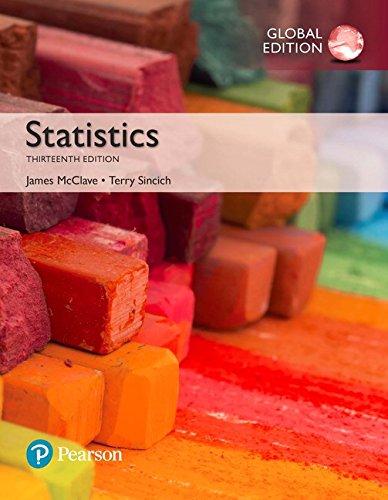Eyewitnesses and mug shots. When an eyewitness to a crime examines a set of mug shots at
Question:
Eyewitnesses and mug shots. When an eyewitness to a crime examines a set of mug shots at a police station, the photos are usually presented in groups (e.g., 6 mug shots at a time). Criminologists investigated whether mug shot group size has an effect on the selections made by eyewitnesses
(Applied Psychology in Criminal Justice, Apr.
2010). A sample of 90 college students was shown a video of a simulated theft. Shortly thereafter, each student was shown 180 mug shots and asked to select a photo which most closely resembled the thief. (Multiple photos could be selected.) The students were randomly assigned to view either 3, 6, or 12 mug shots at a time. Within each mug shot group size, the students were further randomly divided into three sets. In the first set, the researchers focused on the selections made in the first 60 photos shown;
in the second set, the focus was on selections made in the middle 60 photos shown; and, in the third set, selections made in the last 60 photos were recorded. The dependent variable of interest was the number of mug shot selections.
Simulated data for this 3 * 3 factorial ANOVA, with Mug Shot Group Size at 3 levels (3, 6, or 12 photos) LO4 and Photo Set at 3 levels (first 60, middle 60, and last 60), are saved in the MUGSHOT file. Fully analyze the data for the researchers. In particular, the researchers want to know if mug shot group size has an effect on the mean number of selections, and, if so, which group size leads to the most selections. Also, is a higher number of selections made in the first 60, middle 60, or last 60 photos viewed?
Step by Step Answer:






